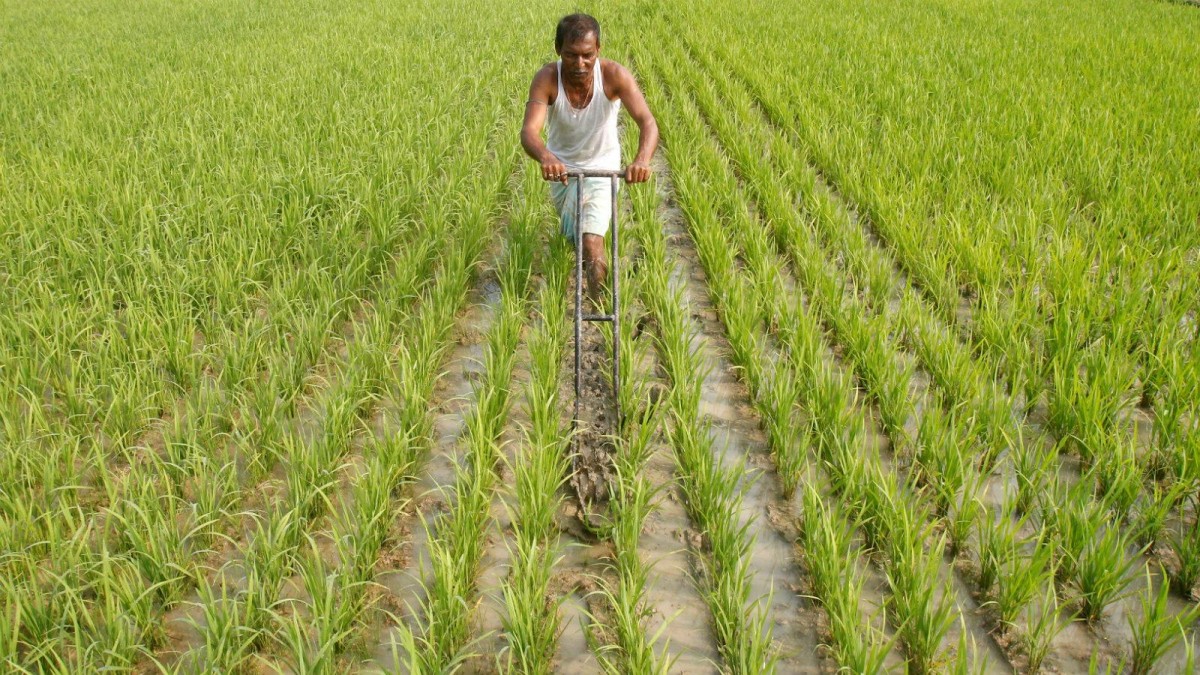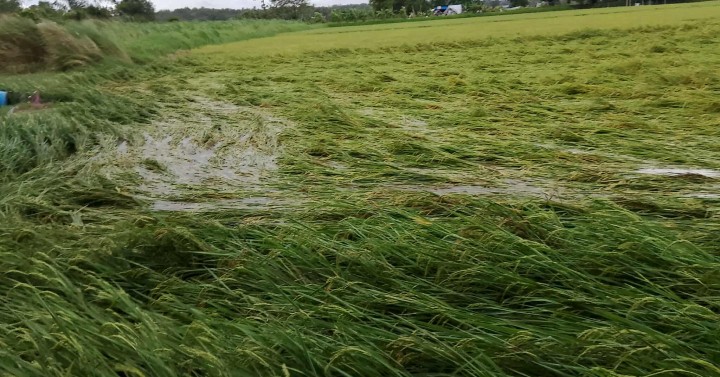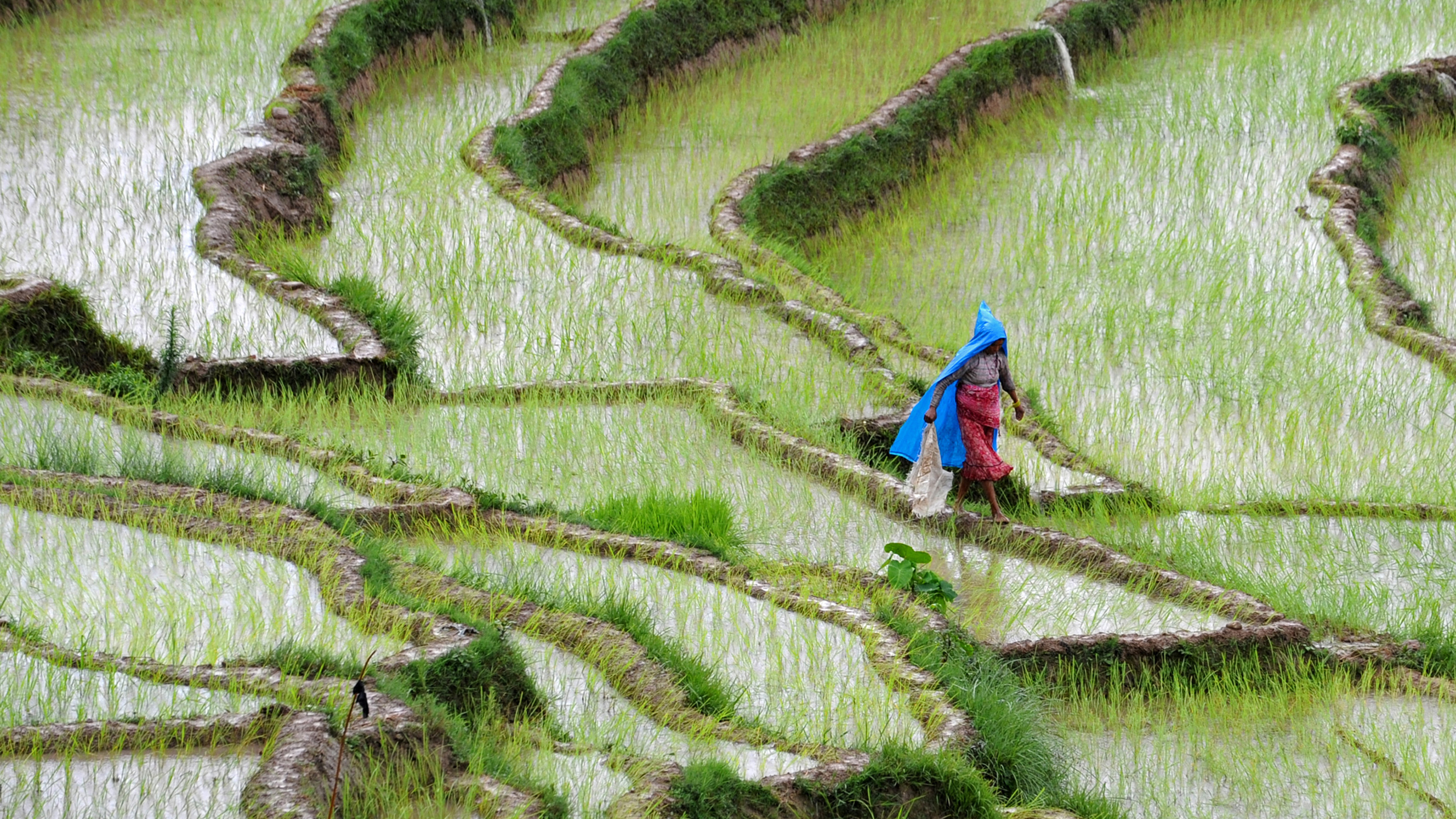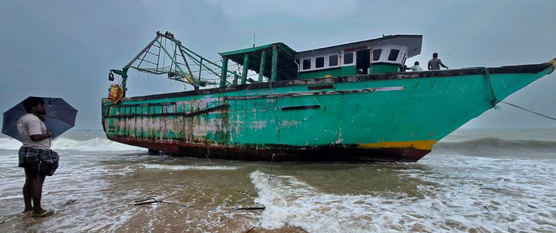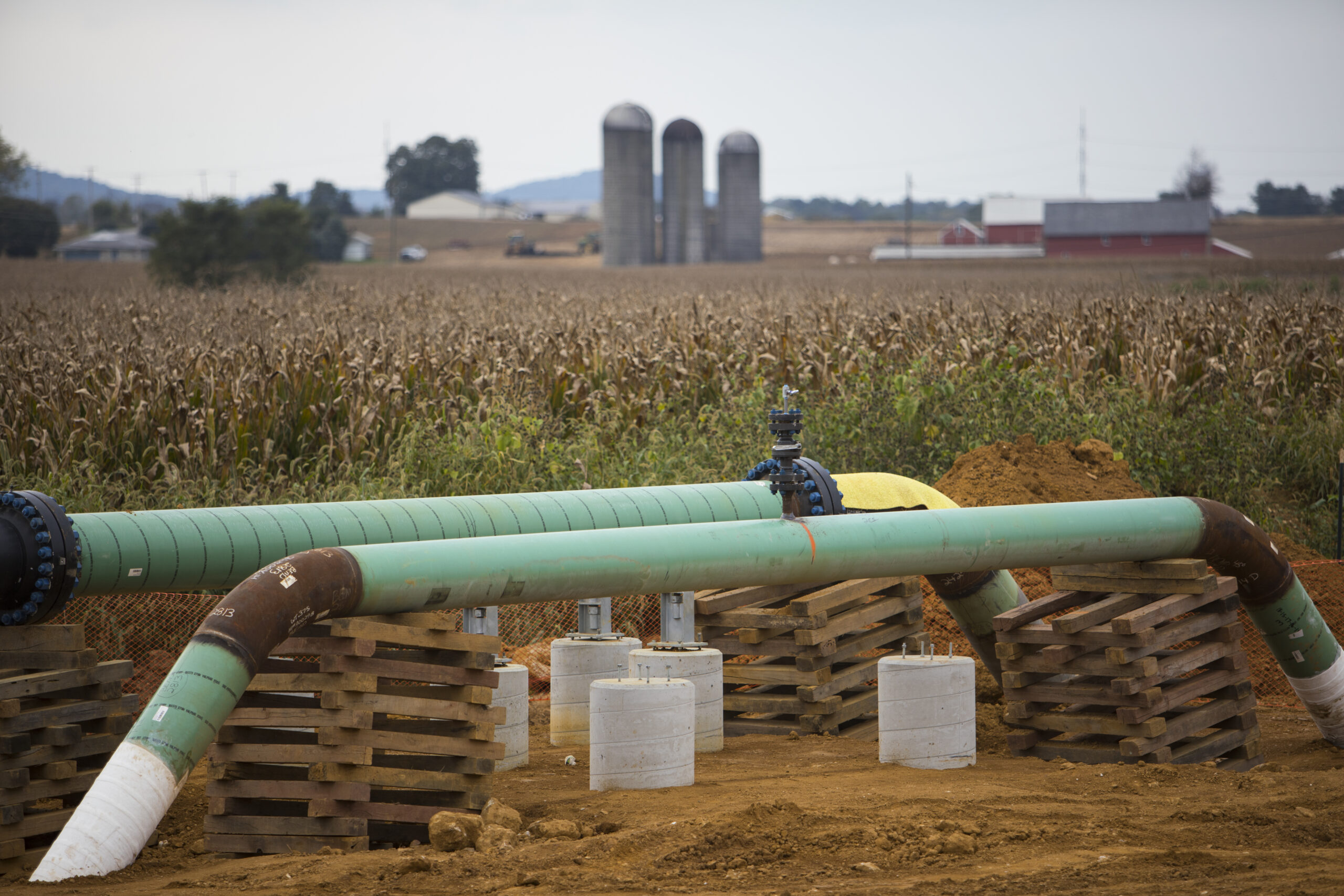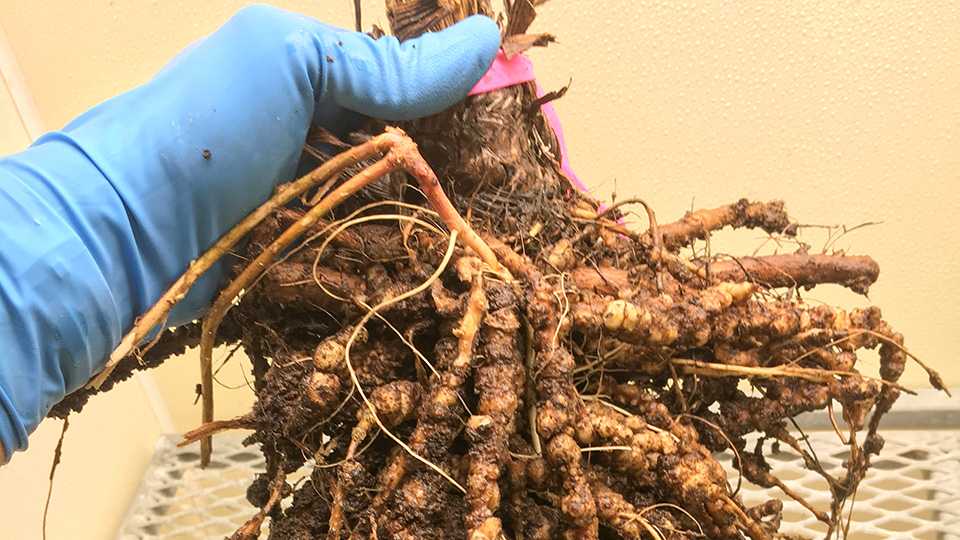Wild animal attack now recognised as localised risk; Paddy inundation reintroduced under localised calamity.
New risk covers to benefit coastal, Himalayan and Northeastern region states.
Government introduces new modalities under PMFBY to strengthen farmer protection Major step towards a more inclusive and resilient PMFBY.
The Ministry of Agriculture and Farmers’ Welfare has extended a major benefit to farmers under the Pradhan Mantri Fasal Bima Yojana (PMFBY). The Ministry of Agriculture & Farmers Welfare has now recognised the modalities for covering crop loss due to Wild Animal Attacks and Paddy Inundation under the Pradhan Mantri Fasal Bima Yojana (PMFBY).
Under the revised framework, crop loss due to wild animal attack will now be recognised as the fifth Add-on Cover under the Localised Risk category. States will notify the list of wild animals responsible for crop damage and identify vulnerable districts or insurance units based on historical data. Farmers will be required to report losses within 72 hours using the Crop Insurance App by uploading geotagged photographs.
There decisions respond to long-standing requests from several States and is aimed at strengthening protection for farmers against sudden, localised, and severe crop damage. The modalities have been prepared in accordance with the PMFBY Operational Guidelines, ensuring a scientific, transparent and operationally feasible framework for implementation nationwide, and will be rolled out from Kharif 2026.
For years, farmers across India have suffered increasing crop losses due to attacks by wild animals such as elephants, wild boars, nilgai, deer, and monkeys. These incidents are particularly common in regions situated near forests, wildlife corridors, and hilly terrains. Until now, such losses often went uncompensated as they were not covered under crop insurance. At the same time, paddy farmers in flood-prone and coastal States have been repeatedly affected by inundation during heavy rains and overflowing waterways. Paddy inundation was removed from the localised calamity category in 2018 due to concerns about moral hazard and the difficulty of assessing submerged crops. However, its exclusion led to a significant protection gap for farmers in districts prone to seasonal flooding.
Taking note of these emerging risks and challenges, the Department of Agriculture and Farmers’ Welfare constituted an expert committee. The recommendations of the committee have now been approved by the Union Minister of Agriculture and Farmers’ Welfare, Shri Shivraj Singh Chouhan. With this important decision, farmers suffering localised crop damage will now receive timely and technology-based claim settlement under PMFBY.
This coverage is expected to significantly benefit farmers in States with high human–wildlife conflict, including Odisha, Chhattisgarh, Jharkhand, Madhya Pradesh, Maharashtra, Karnataka, Kerala, Tamil Nadu, Uttarakhand, as well as the Himalayan and North-Eastern States such as Assam, Meghalaya, Manipur, Mizoram, Tripura, Sikkim and Himachal Pradesh, where incidents of wild animal depredation are frequent and widespread.
Reintroducing Paddy Inundation as a Localised Calamity Cover under PMFBY will especially benefit farmers in coastal and flood-prone States, including Odisha, Assam, West Bengal, Tamil Nadu, Kerala, Karnataka, Maharashtra and Uttarakhand, where paddy submergence is a recurring challenge. Together with the inclusion of Wild Animal Attack, these additions make PMFBY more inclusive, responsive and farmer-friendly, further strengthening the resilience of India’s crop insurance system.
Source - https://thenorthlines.com


